Graham Reid | | 3 min read
Talking Heads: Artists Only (1977)
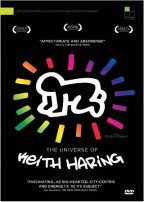
By the time I got to see the work of New York-based artist Keith Haring in the early Nineties there was little to "see": he was everywhere.
The
originality of Haring's work -- as with
Haring's cartoon-like figures were on walls, posters, coffee cups, t-shirts, bags . . . He even had his own Pop Shop merchandising outlet in New York.
In the years
before his death in 1990 at 31 of Aids-related illnesses, Haring had been
embraced by the hip and chic. But unlike Warhol (who befriended him) whose work
refered to commercial product so had a subversively ironic or satirical
commentary, Haring's neo-primitive figures were entriely his own conception.
His brief period in an art school in
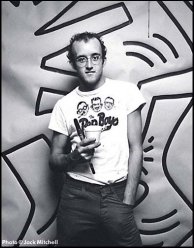
Schooled in semiotics so aware of the power of symbols, language and repetition, Haring came through at a time when graffiti art and hip-hop culture were making a direct impact on New Yorkers, they were intervening in public spaces.
The music of the early Eighties which Haring loved (the B52s, Devo, hip-hop) was also being assimilated into the visual arts and Haring was out there taking his rapid-fire drawings onto walls in subways. And in fact, as this quite moving doco shows, to just about everywhere there was a surface for him.
Haring's figures -- with their cartoon simplicity and the assurance of his bold lines -- were infinitely malleable and adaptable, easy for him to create quickly on a given surface, and lent themselves to themes which were sexual, political and often simply joyous.
As this 90 minute film (with many interviews with Haring, his family and friends and period footage) shows, Haring was an enthusiast for taking art to people (in the manner of graffiti artists) and so interposed his drawing wherever he could.
Indeed by
the late Eighties he was being advised to stop drawing on every pieces of paper
or clothing
Haring's
period was also one where traditional galleries -- having missed early Warhol
and not wanting to make
But as one friend observed of the set Haring was in, "money changes everything". Haring's fellow travellers realised here was a way to not only get their art out but an income in.
Yet Haring
seems to have stood apart from
And so, right up until a month before his death, he was painting.
By the
mid-Eighties Haring had become global brand within just a few years of his
sudden appearance on the
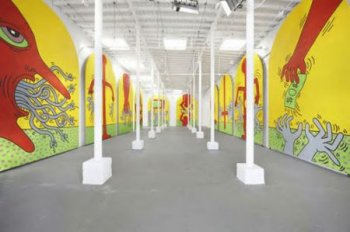
He emerged
from the rolling m
Keith Haring's work is as distinctive as his fingerprint and as this film portrait shows -- sometimes unflattering, but a man clearly loved by his fellows -- it made a powerful impression on his world, and beyond.
In the end he may have become Haring Inc and his output too prolific to allow it to be "seen" with any fresh eye today, but this astute doco shines a sharp light on a time when his unique vision was vital and alive. And his murals in public spaces are still affecting today.
Despite the t-shirts, posters, coffee cups, postcards . . .



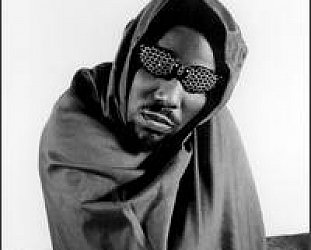

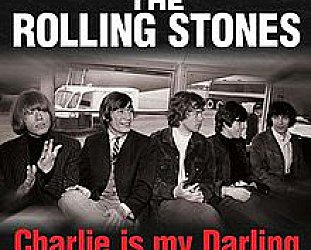
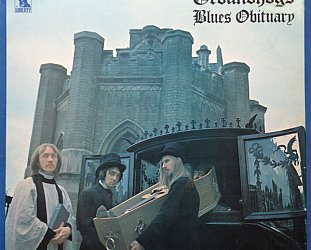

post a comment